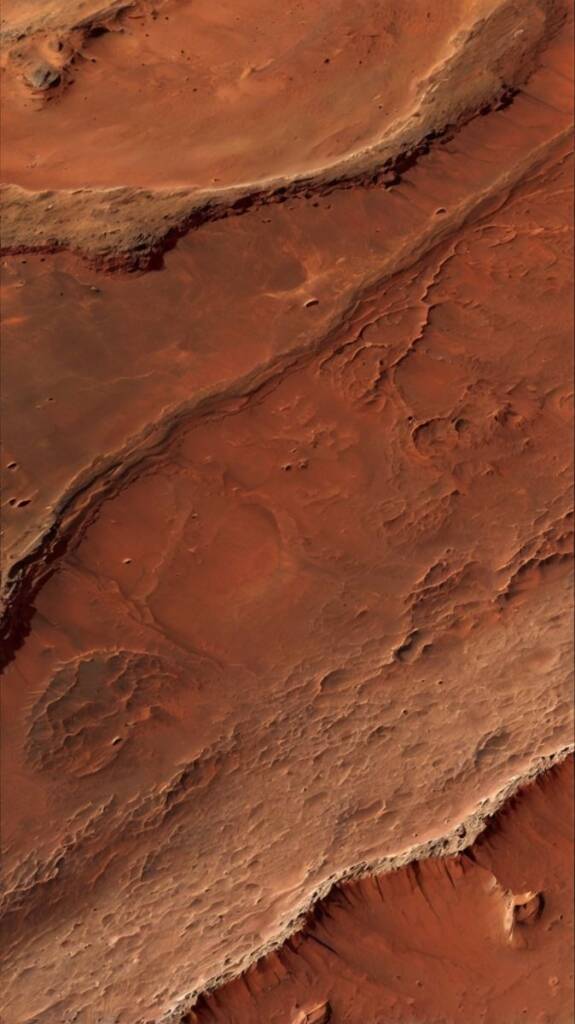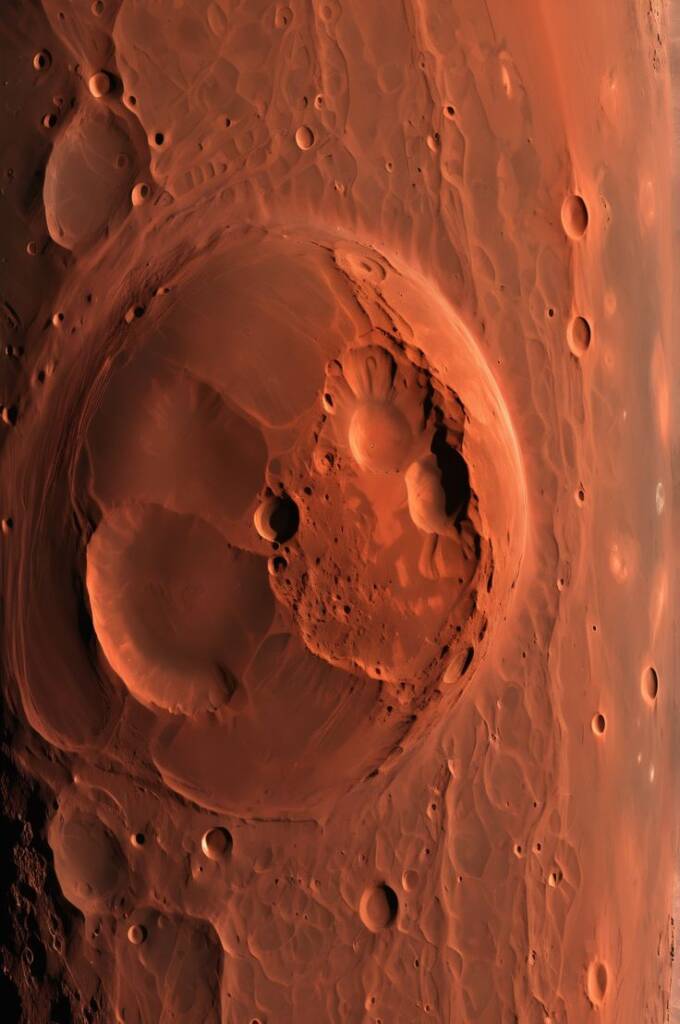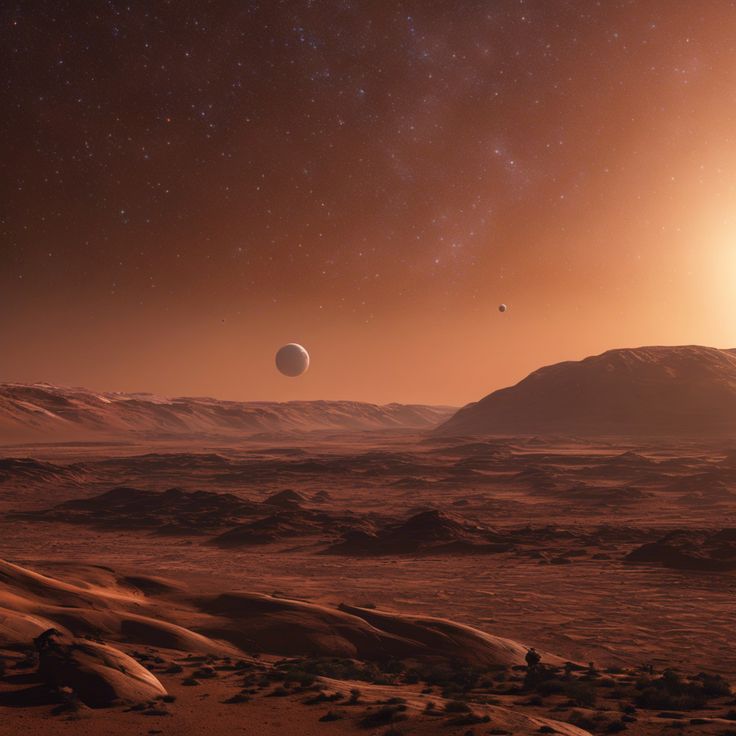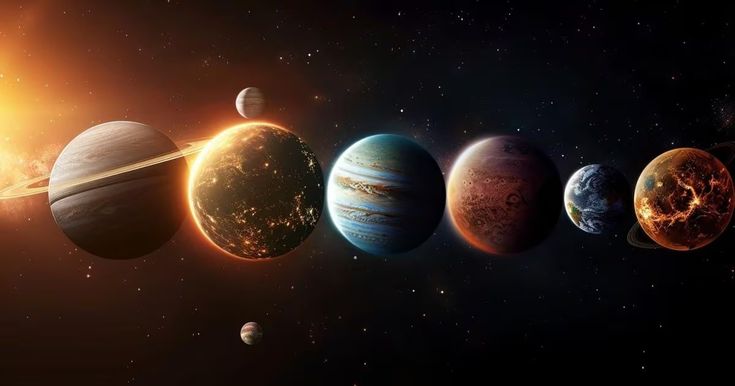From Science Fiction to Scientific Possibility
The idea of transforming Mars into a second Earth has long been the stuff of science fiction. Red deserts turned into green landscapes. Thin, toxic air thickened into a breathable atmosphere. Frozen ground giving way to flowing rivers. But what if this dream isn’t as far-fetched as it once seemed?
Today, some scientists are no longer asking if we can terraform Mars—but how soon.
Why Terraform Mars?
Mars, our neighboring planet, holds enormous fascination. It’s relatively close, has day-night cycles similar to Earth, and once had water flowing across its surface. But it’s also harsh and unforgiving: the atmosphere is 100 times thinner than Earth’s, composed mostly of carbon dioxide, and the temperature is brutally cold.
Terraforming Mars would mean modifying the planet’s environment to make it more Earth-like—warmer, wetter, and possibly breathable. It’s a colossal challenge, but one that could ensure a future for humanity beyond Earth. With climate change, overpopulation, and the threat of extinction events looming, many scientists argue that Mars could be our planetary backup plan.

The Science Behind the Vision
Recent discussions among planetary scientists and engineers suggest that terraforming Mars is becoming less of a fantasy and more of a long-term strategic goal. Here’s how some experts believe it could happen:
1. Warming the Planet
To make Mars habitable, the first step is to raise its temperature. Scientists propose using greenhouse gases—such as carbon dioxide and methane—to trap solar heat, mimicking what happens on Earth. Some even suggest giant space mirrors that reflect sunlight onto the planet’s surface, slowly increasing the temperature.
As Mars warms, the polar ice caps could begin to melt, releasing trapped CO₂ and water vapor into the atmosphere—amplifying the greenhouse effect in a feedback loop.
2. Thickening the Atmosphere
Mars’ current atmosphere is too thin to support liquid water or shield life from harmful radiation. As it warms, the hope is that gases released from the soil and ice will create a thicker, more protective atmosphere.
Artificial means—like building vast factories that pump out greenhouse gases or deploying autonomous robotic miners to excavate carbon stores—are also on the table.
3. Introducing Water and Life
With a warmer climate and a thicker atmosphere, water could begin to flow freely once again. This would allow for the introduction of microbial life—extremophiles that can survive harsh environments. These organisms could slowly prepare the soil for more complex ecosystems.
Eventually, we could imagine forests, grasslands, and entire biomes sprouting across the Martian landscape—though this vision is centuries away.

Challenges That Can’t Be Ignored
Of course, terraforming Mars is not without its massive hurdles:
- Timeframe: We’re talking decades—or more likely, centuries—of sustained effort.
- Resources: The cost, both financially and technologically, is staggering.
- Ethical Questions: Should we alter another planet’s environment without knowing if native life already exists there?
There’s also the question of ownership and governance—who gets to decide how Mars is transformed and who it belongs to?

Why the Time to Start Is Now
Despite these challenges, many scientists believe it’s time to lay the groundwork. The technology we develop today—robotic miners, closed-loop life support systems, space-based energy, and long-duration habitats—will be essential whether we terraform Mars in 100 years or 1,000.
NASA’s Artemis program, SpaceX’s ambitions to build a Martian colony, and advances in AI and bioengineering are all pieces of a puzzle that could someday lead to a green Mars.
Terraforming won’t be a quick fix. But thinking long-term, planning responsibly, and starting now could turn a once-dead world into a thriving new home for life.
The Dream Takes Root
Mars may be red today, but it doesn’t have to stay that way forever. With bold vision, scientific determination, and a healthy respect for both ethics and ecology, humanity could one day walk among green hills beneath a Martian sky.
Terraforming Mars isn’t just about survival. It’s about possibility, resilience, and the deep-rooted human desire to build, grow, and thrive—even beyond Earth.


